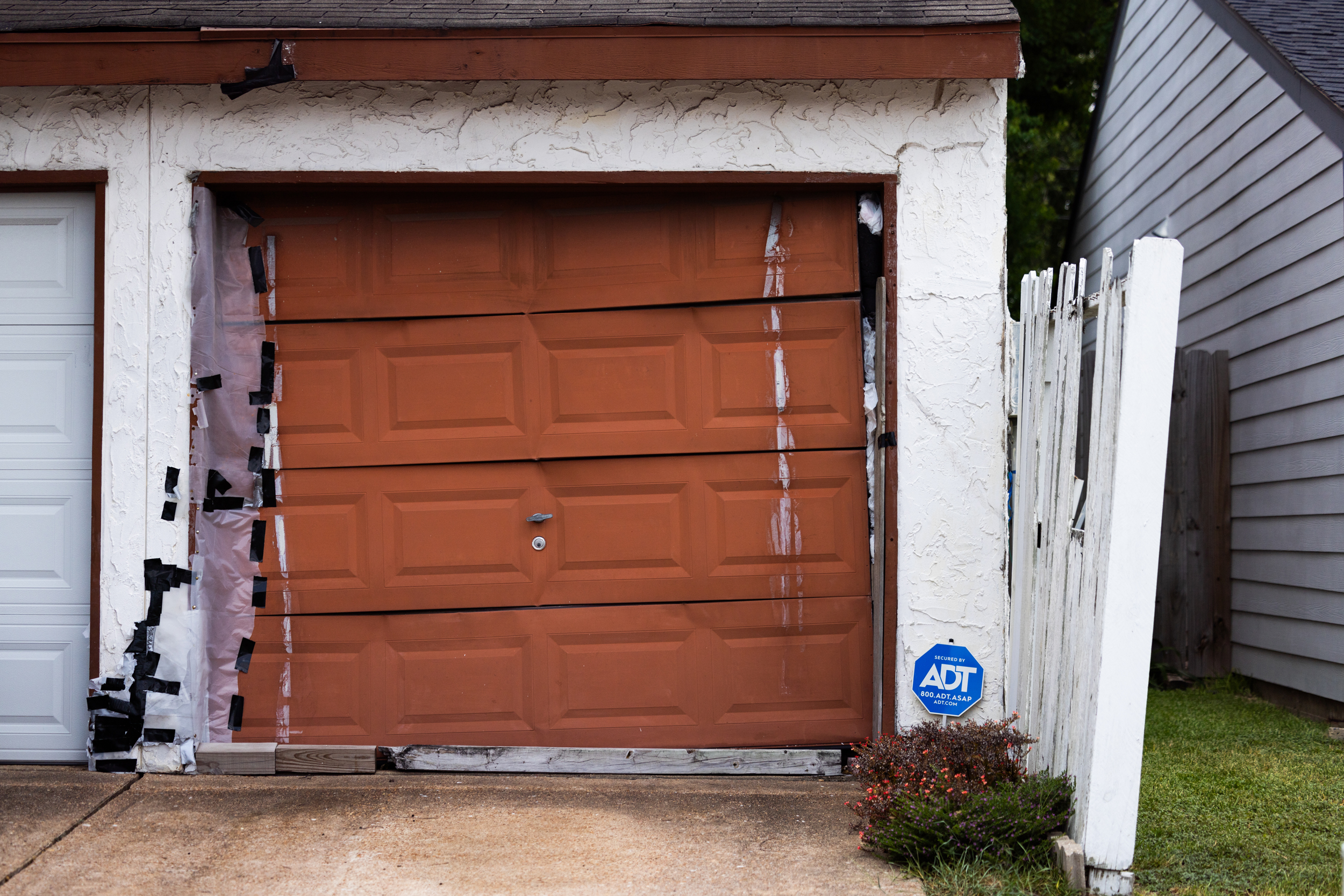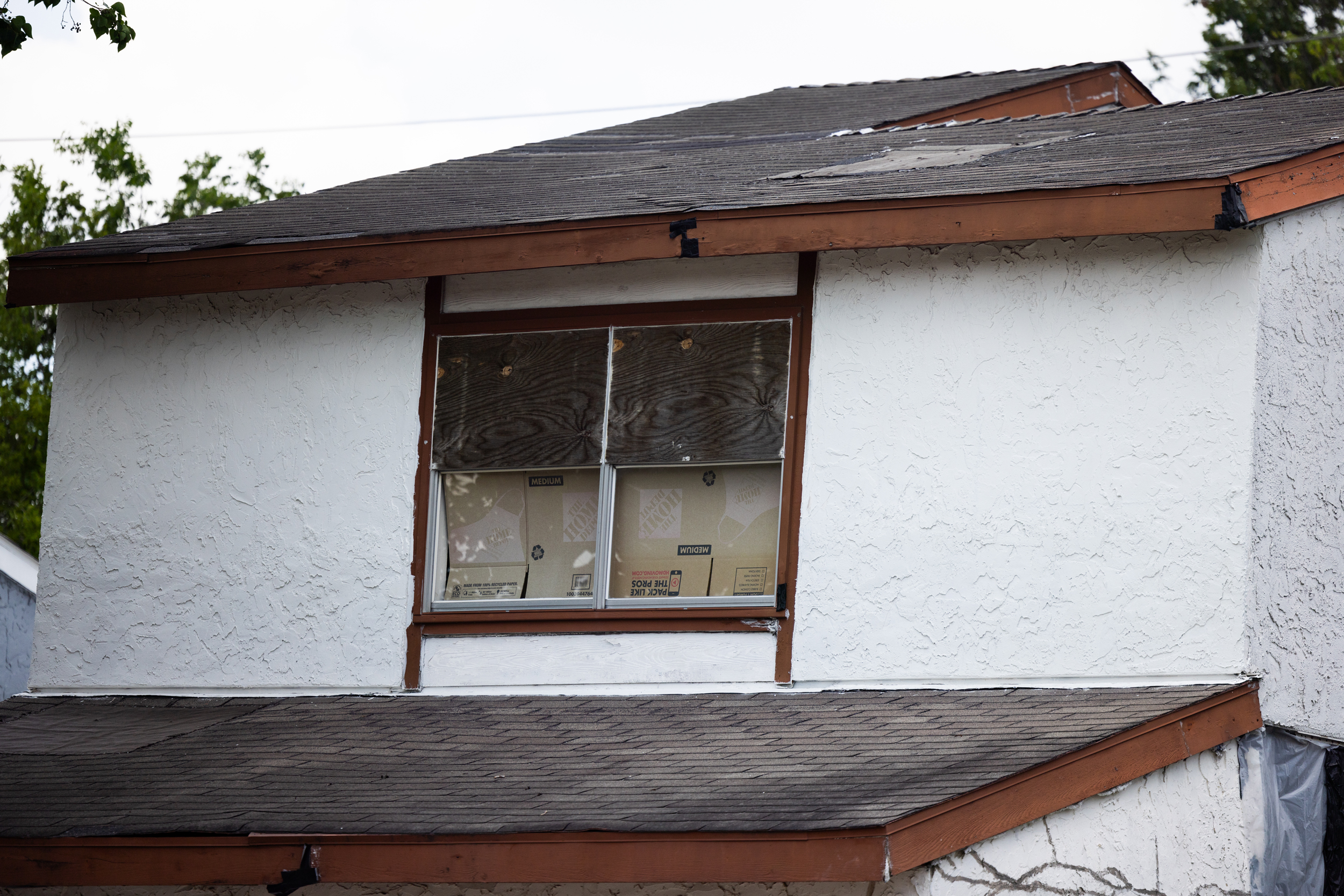|
Getting your Trinity Audio player ready...
|
Management at Watson Grinding, the northwest Houston site of a 2020 explosion that killed three people, failed to maintain safety protocols and systems put in place after an earlier blast linked to the same type of gas leak, federal investigators found.
The U.S. Chemical Safety and Hazard Investigation Board issued the findings of its investigation into the explosion and its causes on Thursday.
Among the findings, the report noted two workers reported smelling a chemical odor to supervisors, but were not advised to leave the area. The explosion occurred minutes later.
The agency found a lack of safety protocols and overall knowledge of safety processes largely were to blame for the blast.
Some of the protocols and systems that failed had been implemented after a 2008 explosion at the plant caused by a leak of the same gas. Two employees were injured during the first incident, which also damaged the company’s coating building.
According to the CSB report, the physical cause of the explosion was the accidental release of propylene – a flammable gas – which accumulated inside the building overnight after leaking from a degraded pipe fitting and ignited when an employee arrived and turned on the lights.
The CSB also pointed to a lack of a “comprehensive process safety management program” and emergency preparedness as contributing factors to the fatal blast.
“Contributing to the severity of the incident was the lack of an effective emergency response plan that should have instructed workers to evacuate from the area, prevented others from entering the area, and notified emergency responders when the flammable propylene gas leak was suspected or detected,” the report states.
The company failed to train its employees to recognize and respond to the gas release the morning of the explosion, the CSB found.
The report offers a minute-by-minute recollection of the events that preceded the 2020 blast, including missed opportunities to evacuate the plant.
According to the investigators, two employees arrived at Watson’s gym facility to exercise, just before 4 a.m. Jan. 24, 2020. One detected a chemical odor, leading them both to the nearby coating facility to investigate. There, the odor intensified, and they detected a strong hissing sound.
At 4:04 a.m. the two texted the coating supervisor, “I think there’s gas leaking out of Booth 4. You can hear it and smell it. Please be careful.”
Minutes later, the two also called the plant manager to notify him of the leak, the report recounts. The manager told them he was on his way to the site. Neither supervisor advised the employees to evacuate.
At 4:23 a.m. a third employee arrived and turned on the lights in the coating building, igniting a blast that killed him and another worker and leveled a third of the plant in the 4500 block of Gessner.
The employees killed were Gerardo Castorena Sr., 45, and Frank Flores, 44.
Two other employees were injured, and hundreds of nearby homes and structures were damaged in the blast.
Nearby neighborhood resident Gilberto Mendoza Cruz, 47, was injured by debris and died Feb. 7. His home was about 1,000 feet from the Watson plant.
Watson Grinding filed for bankruptcy two weeks after the blast and since has gone out of business. The blast damaged more than 450 homes in the adjacent neighborhood, sparking hundreds of lawsuits.
Later that year, Houston City Council implemented a new ordinance to restrict the location of businesses that store hazardous materials within 1,000 feet of public parks, schools, libraries, churches, day care centers and other vulnerable structures. The ordinance also brought outdoor storage tanks like the one involved in the explosion under city oversight.
District A City Councilmember Amy Peck, who represents the area, said she plans to confer with Houston Fire Department Chief Samuel Peña on whether the report highlights any further changes that need to be made to city ordinances.
The finding that Watson Grinding was at fault for the explosion did not surprise Peck, who said it lined up with earlier city reports on the explosion. Still, she was pleased federal authorities took a close look.
“Any time something like this happens, we should at least be able to use what happened to make sure it doesn't happen again,” Peck said.
Peck said she still is waiting on the Texas Legislature to change the laws around the disclosure of hazardous materials. Release of that information has been restricted under a post-9/11 anti-terrorism measure.
“People do have to know what they’re living next to,” she said.
In addition to daily checks for gas leaks and odor detection protocols, the company added end-of-day shutoffs as an additional preventative after the 2008 explosion, according to the CSB report. That involved manually shutting off valves and isolating the tanks containing propylene gas at the end of each workday, but the practice diminished over time, the agency found.
“The Coating Supervisor, who was normally responsible for shutting down the facility at the end of each workday, would sometimes close at least one of the two propylene manual shutoff valves at the storage tank at the end of the workday,” the report states. “He would typically do so, however, only on days when the workers did not plan to be at the facility for over the next 24 hours (or longer).”
Watson also had added an audible and visible gas detection alarm, an exhaust fan and a gas shutoff system. The CSB found none of those devices were functional at the time of the 2020 blast. Many homeowners since have rebuilt, Peck said, but lawsuits related to the explosion have gotten bogged down in years of legal wrangling. A federal bankruptcy judge in January approved a $52 million settlement from the company’s insurers, but plaintiffs’ attorneys still are pursuing claims against other defendants in state court.





